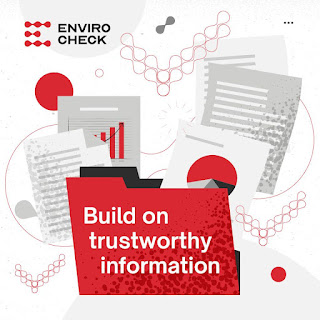Mold Testing – Are Your Premises Clean And Safe?
Mold testing in San Diego proactively safeguards health and property to take swift action to eliminate the problem and prevent further damage. Read on to know more.
Mold is a silent intruder that can infiltrate homes,
offices, and other structures without clear or immediate signs. Its presence
often indicates excess moisture, poor ventilation, or leaks that may go
unnoticed until the mold spreads. Mold testing in San Diego serves as a crucial process to detect this unwanted growth, helping
property owners maintain a safe and healthy indoor environment.
Mold spores are microscopic and naturally present in
the air, both indoors and outdoors. While most types of mold are harmless in
small quantities, when these spores land on damp surfaces indoors, they can
begin to grow and pose serious health risks. Mold exposure is linked to
allergic reactions, respiratory issues, skin irritation, and in severe cases,
long-term health conditions, especially for individuals with asthma, allergies,
or compromised immune systems.
Why Mold Testing Matters
Mold testing helps determine whether mold is present
in your surroundings, and if so, what type and how extensive the contamination
is. There are two primary types of mold testing - air testing and surface
testing. Air testing collects airborne spores to identify mold presence and
concentration in the indoor environment, while surface testing involves
swabbing visible areas to detect mold types growing on surfaces.
The importance of mold testing lies not only in
identifying current infestations but also in assessing hidden or developing
growth. Mold often thrives in places not easily visible such as behind walls,
under floors, in HVAC systems, or in crawl spaces. Without testing, such growth
might remain undetected until it causes structural damage or health concerns.
When Should You Consider Mold Testing?
Mold testing should be considered in several
situations. If you notice a persistent musty odor, experience unexplained
allergies, or see visible signs of mold (discoloration on walls, ceilings, or
carpets), testing becomes essential. Testing is also advisable after flooding,
plumbing leaks, or water damage, as mold can start developing within 24 to 48
hours in moist conditions.
Real estate transactions also commonly include mold
inspections, as buyers and sellers need assurance about the indoor
environmental quality of the property. Similarly, landlords may require testing
before renting out properties to ensure tenant safety and avoid liability.
Professional vs. DIY Mold Testing
While there are numerous DIY mold test kits available
in stores, they often lack the precision and reliability of professional
services. DIY kits can indicate the presence of mold but rarely provide
accurate details about mold species or contamination levels. Professional mold
testing involves trained technicians who use specialized equipment to analyze
air and surface samples. These samples are then sent to certified laboratories
for detailed analysis, ensuring accurate results.
Professional inspectors also conduct a thorough
assessment of the property, identifying potential sources of moisture and
recommending appropriate remediation measures. This level of detail is vital
for effective mold management and prevention.
Preventing Mold Growth
Once mold has been detected and addressed, the focus
should shift to prevention. Controlling indoor moisture is the key to
preventing mold growth. Fixing leaks, using dehumidifiers, ensuring proper
ventilation in bathrooms and kitchens, and maintaining clean and dry indoor
conditions can significantly reduce the risk.
Regular inspections, especially in high-risk areas
like basements and attics, also help in early detection. Educating occupants
about mold signs and encouraging prompt reporting of water issues can further
prevent future infestations.
Final Thoughts
Mold testing in San Diego is more than a diagnostic tool - it’s a proactive step toward safeguarding health and property. By identifying mold presence early, homeowners and property managers can take swift action to eliminate the problem and prevent further damage. Given the potential health risks and structural concerns associated with mold, timely testing and remediation are critical. Whether through professional services or vigilant self-monitoring, staying informed about mold in your environment ensures a cleaner, safer, and healthier living space.



Comments
Post a Comment